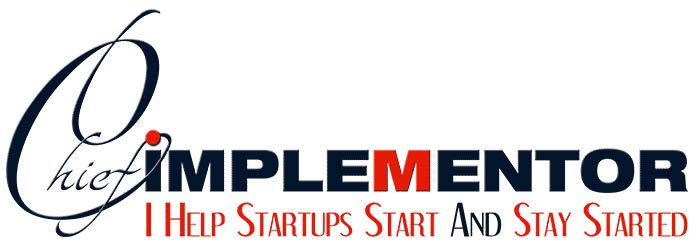Risk Management For Hospitals
A lot of hospitals are now engaging their employees into getting risk management certifications that they can then use to better manage risks in their hospitals. In order to understand the need for and the importance of such a certification in the healthcare industry you need to first understand what does risk management signify.
Risk management means firstly the understanding of risk. Next comes the prioritization of risk which is in turn followed by the efforts to reduce and control the probability of risk by applying all the possible resources at one’s disposal. This technique helps mitigate risks and hence safeguards a business.
In most healthcare organizations, the major area exposed to risk is the financial liability that arises from misconduct of its employees. A study conducted in 1993 says that health care providers paid nearly over one hundred million dollars in damages that resulted from employee and staff negligence. Sometimes it might be a matter as small as hiring an employee with a criminal record.
For any hospital it is considered imperative that the hospital exercises due diligence before hiring personnel. This means that the hospital must run adequate background checks on any person before hiring him or her to the hospital. Knowing this, understanding this and implementing strategies that don’t let such employees get hired is what staff with proper risk avoidance training can help do.
A comprehensive program for avoidance of risk must be run in the hospital to avoid risk. An employee who has a risk management certification should be hired and should be allowed to create the program. There are many ways to assess risks using such programs.
A risk management certification teaches many different methods to assess and identify risks that a healthcare organization might face.
Employees are trained to log in incidents that they believe may lead to greater risk. Next, these risks are analyzed at a higher level and worked against.
Because of such constant methods for mitigation of risk being employed, a lot of risks to the institution are identified quite early. Once identified, these risks are prioritized and addressed accordingly.
You can learn all these techniques and some more be getting a risk management certification from a proper university. That will set you and your organization on a safer and risk mitigated path to progress.
HealthcareRiskManagementGuide.com has the answers to all the questions that you were afraid to ask about health care insurance! To make sure that you won’t settle for anything less than the full story on risk management courses, check out the site right away !
